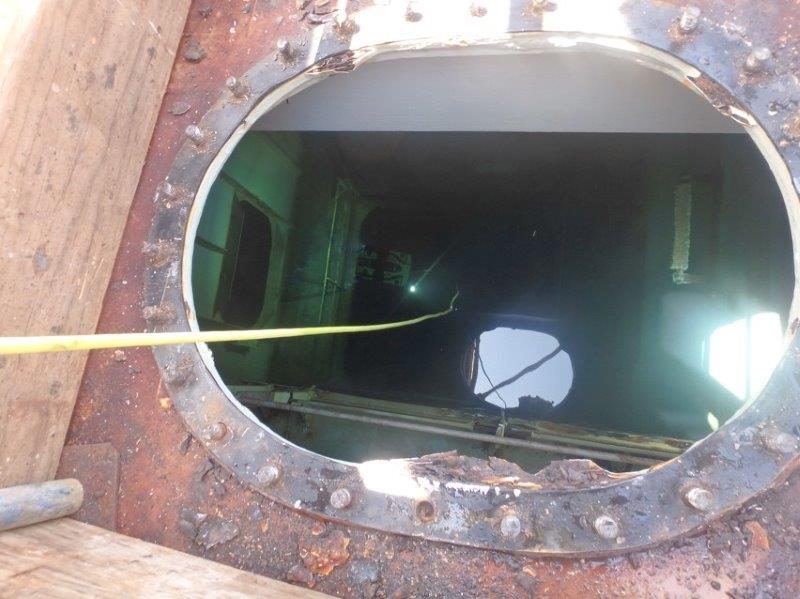How Robots are Changing the Landscape of Routine Inspection

Routine inspection is the mainstay of industry maintenance. Historically, this has represented not only an enormous monetary drain, but a logistical challenge. Inspection legislation is forever increasing, placing further pressures on organisations to remain compliant and safe, yet still competitive.
This is where the use of robotic technology is revolutionising such tasks. The ability to make inspection processes faster, cheaper and safer offers monumental advantages. The following discusses the major ways this is being achieved and the benefits they bring.
The Robotic Advantage
Every maintenance manager or team is aware of the risks and difficulties faced with routine inspection tasks. Examples include:
- Confined space entry
- Working at height
- Non-oxygen atmospheres
- Visual inspection difficulties and errors in data collection
Add in the need to empty assets, erect scaffolding, utilise expert and trained individuals, increased insurance costs and more, and the enormity of automating regular inspection tasks becomes obvious to appreciate.
Robots, however, offer the ability to negate perhaps not all (yet) but many of these issues.
Consider the following:
- Robots have advanced sensory capabilities: Using HD cameras, infrared cameras, microphones, gas detectors and sound mapping allows robots to gather more data in one swoop than multiple human inspectors.
- Robots can safely enter flammable and explosive environments: The above-mentioned abilities mean they can act in the same manner as human eyes, ears and smell in dangerous locations.
- Robots come in all shapes and sizes: From human-sized to tiny crawlers, drones to bespoke-designed offerings for unique inspection situations, automated solutions remove many of the difficulties associated with regular routine inspections.
- Robots don’t make mistakes: Even the most highly trained of inspectors will inevitably make errors. Robots don’t have any such issues. Inspection tasks are carried out accurately every single time. Robots don’t get tired, don’t need breaks and don’t need to stop for sustenance.
- Robots can be controlled from anywhere: Remote operation isn’t only possible, it’s already commonplace. Operators can be thousands of kilometres away, communicating via secure and encrypted networks and receiving instant data as the inspection takes place.
- Robots can work at unmanned and remote facilities: Advanced options can self-dock and self-charge, so carrying out necessary inspection exactly when required without the need for human intervention.
All of this is possible, thanks to the latest robot fleet management system software that is, following some basic training, simple to integrate into an operation.
While many inspection tasks will continue to be carried out using manual labour, to remain competitive it really is going to be a case of ‘adapt or be left behind’. Mining operations, the oil & gas industry, subsea, infrastructure and every other sector will need to be aware of the art of the possible.
Robots are already making an impact. The next few years will see a revolutionary shift taking place. Partnering with an expert equipment provider at the forefront of such technology is what will give organisations the edge over their competitors.
At Nexxis, we not only discover, research and bring such tech to our customers, we actively get involved with recommendations as to what will work best. Our dynamic model allows for equipment flexibility, meaning operations get to use exactly what they need, at the time that it’s needed.
Discover more about this refreshing approach to robotic inspection or contact us today for a no-obligation chat.
